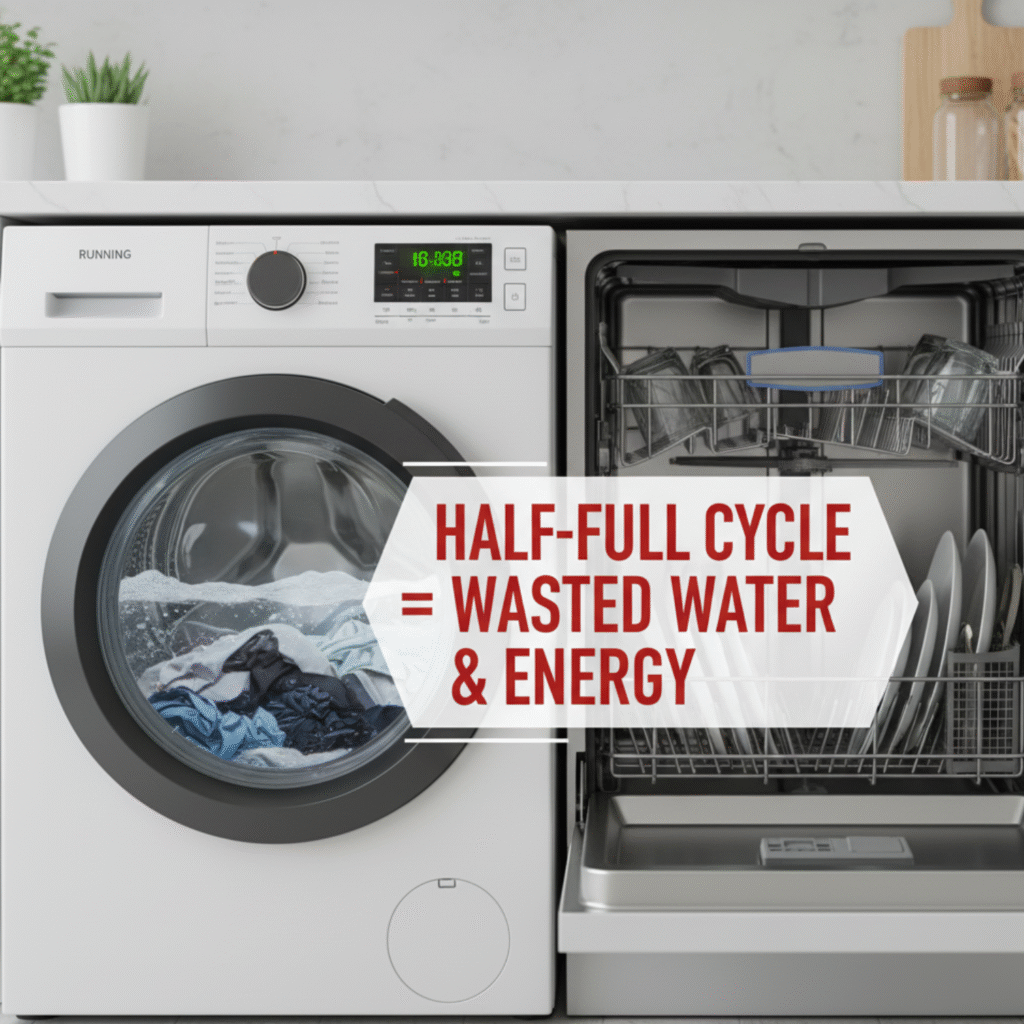Frequently Asked Questions
1. What are the simplest water saving tips I can start today?
Turn off taps while brushing, take shorter showers, and fix leaks immediately. These actions alone can save hundreds of liters per week.
2. How can I make my kids aware of water conservation?
Teach them through fun challenges — like “2-minute shower games” or tracking water saved on a family board. Awareness at a young age leads to lifelong sustainable habits.
3. Does using a dishwasher save water compared to hand washing?
Yes, modern dishwashers are more water-efficient than hand washing. Using the “eco” mode can save up to 30 liters per cycle.
4. Are there any government programs promoting water saving tips?
Many governments and NGOs run “Save Water” campaigns and offer rebates for installing low-flow fixtures and rainwater harvesting systems. Check your local municipality website for details.








